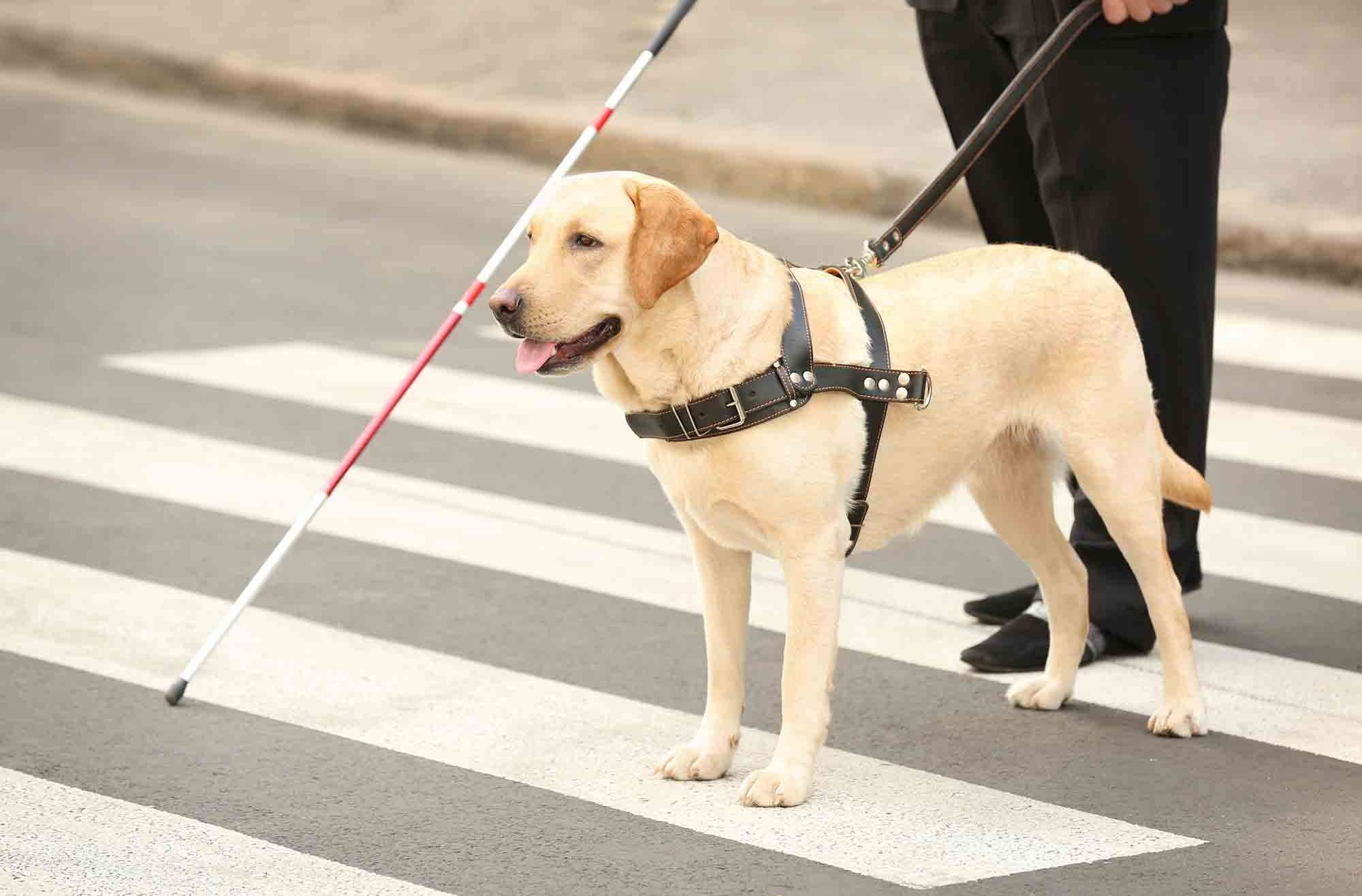We know what disabilities are, right? If anyone asked, we would be able to chat intelligently about basic difficulties faced by those with disabilities, such as access, accommodations, bullying, and legal protections. What about invisible disabilities?
The Americans With Disabilities Act of 1990 (ADA) defined a disability as any individual with a physical or mental impairment that substantially limits one or more major life activities. The 2008 extension of the Act was written to include those with allergies, including food allergies. It was updated to better recognize invisible disabilities.
Invisible disabilities, also called hidden disabilities, as the term suggests, are not clearly visible or apparent. And the range of invisible disabilities are far-ranging.
How many have heard of the classic handicap parking story that happens over and over? Someone parks in a handicap spot and someone else, self-designated as the handicap parking spot police, accuse them of parking there illegally. Or worse, they see that they are parked legally, but accuse them of not needing a handicap spot. Fueled by the their self-righteousness, they confront the driver, only to discover the handicapped driver has a missing leg, a significant spinal injury, or a some other form of invisible disability that, while safe to drive, makes it difficult to walk.
The accuser drives away with foot-in-mouth disease and the handicap driver has to drive away with the unnecessary and personally invasive experience of public scrutiny, a verbal attack, and perhaps even having to disclose a personal condition just to diffuse the confrontation. This is an example of bullying, but it’s also an example of an invisible or hidden disability.
Other examples include, but are not limited to:
[list icon=”icon: check-square-o” icon_color=”#d81c5c”]
- Allergies, whether seasonal or year-round.
- Asthma
- Visual impairment, think of people who wear contacts.
- Auditory impairment, because we can’t see or easily detect hearing loss or discreet hearing aids.
- Arthritis
- Addiction
- Cancer
- Diabetes
- Digestive disorders, such as IBS and Celiac Disease
- Headaches and migraines
- Heart conditions
- Infertility
- Mental Illness
[/list]
These are just a few examples of the many diseases, conditions, dysfunctions, and alternative ways of experiencing the world that fall under the classification of invisible disabilities. Most who understand the world of invisible disabilities understand that the existence of ‘normal’ is an illusion.
One in two people in the U.S. has a chronic medical condition of some kind. That doesn’t include the neurological conditions, physical or learning disabilities, and physical handicaps that are not considered a chronic medical condition. Can you imaging what the statistic would be if we added those? Not of the people counted in this statistic are considered disabled. Even though they may have a chronic medical condition, if it doesn’t impair their everyday activities in some way, it may not fall under into the disability category, but this number is staggering all the same.
The disability I am most concerned with are food allergies and intolerances. Yes, these are protected under the ADA. And because they don’t require an assistive device, like a wheelchair, cane, glasses, or hearing aid, food allergies and intolerances are an invisible disability.
To clarify, someone may not have an allergy that impairs their ability to conduct their daily activities, but many people, more than half, around the world, are unable to avoid illness and irritation. In most cases, traveling and attending meetings and events makes it close to impossible to completely avoid allergens, either because they can’t avoid the ingredient or they can’t control for cross-contamination. When this discomfort or worse, life-threatening dangers, are ignored by planners, we are not only attending to our duty of care, we are endangering people with an invisible disability.
Did you know food allergies and intolerances are considered an invisible disability? Did you know that people with allergies fall under the same protections afforded by the ADA as others with disabilities?
We’ll talk about this more in the coming months, but I welcome comments! Leave a note here or find me on social.



